How to stop a dog chewing things, by A-list dog trainer Ben Randall
Almost all puppies have an urge to chew things, but it usually passes as they mature. But what if it doesn't? Ben Randall is here to help.
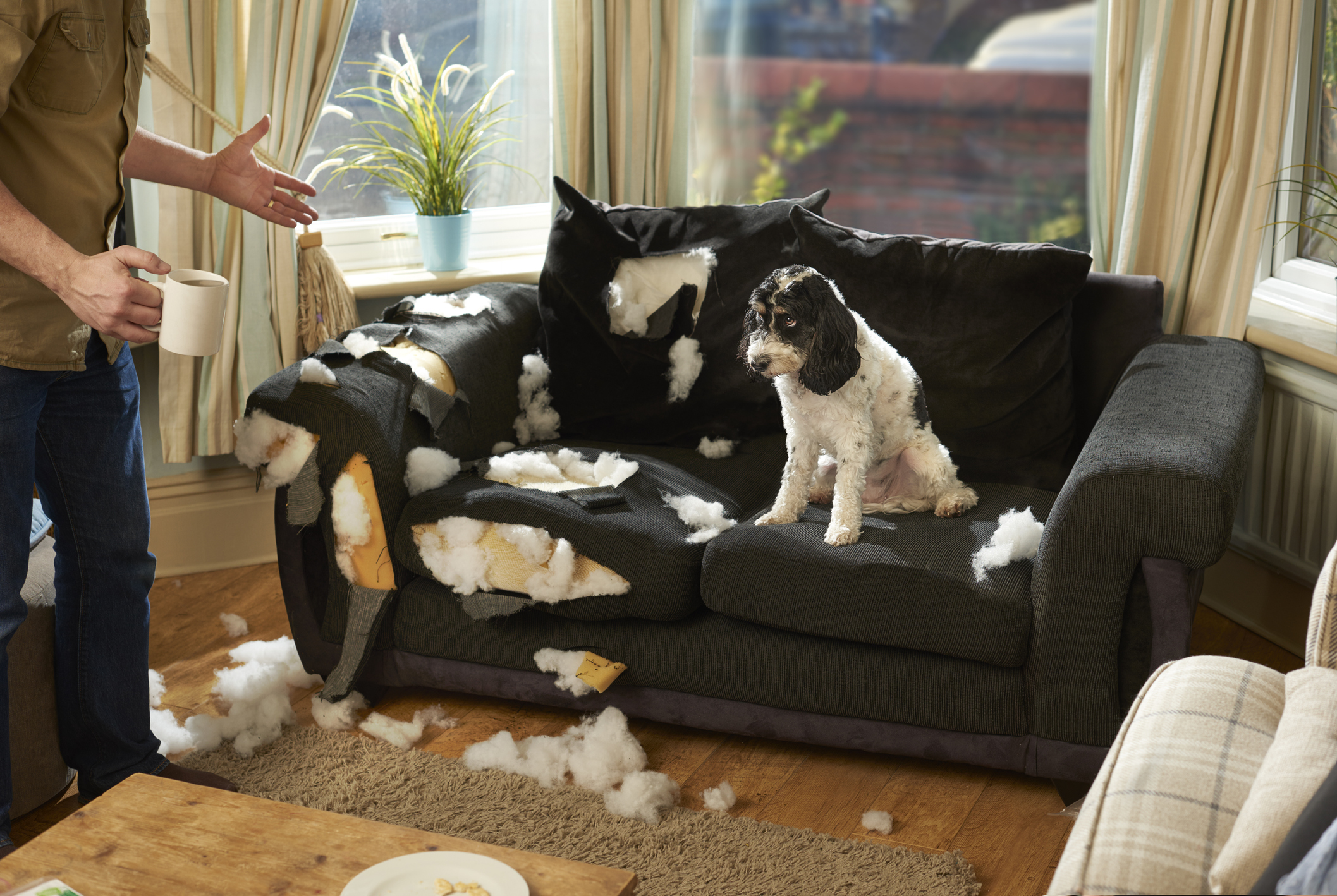

Having a puppy chewing things is a common thing that I see, and we all see, throughout the world of dogs. Usually it passes as they grow up, but not always — and this week's reader messaged us via paws-for-thought@futurenet.com to ask for help:
Dear Ben, My Bearded Collie is 20 months old and I thought he was slowing down with his chewing; he never let up when he was a puppy, but recently he had calmed right down, and had pretty much stopped. Or so I thought, but he still has it in for my dining room chairs and table whenever I leave them uncovered. I do usually cover them at night but if I don't I'll come down and find the chairs and table legs having been chewed. He is alright if I cover everything that I know he used to want to chew, but why is he still chewing at all? I read that Bearded Collies take longer to mature, but he's still going and has even damaged one of his baby teeth. What can I do? — S.S. via email
While chewing in puppies is completely normal behaviour, this is best nipped in the bud right from the start. When raising my own dogs I have them under supervision while they're young, and the moment I see them causing damage to property, furniture or themselves I give them the leave command, remove the item in question from the area if possible, and give them a safe alternative to gnaw on. The result is that my dogs would very rarely chew anything that they shouldn't.
That's sadly not the case with your Bearded Collie, and it's something we'll need to get sorted out. This is a problem both for your property and your dog's safety (as you've already found out with your pup's teeth); for you it's furniture, but it could be very serious if he chews electrical wires or something smaller that could get stuck in the throat.
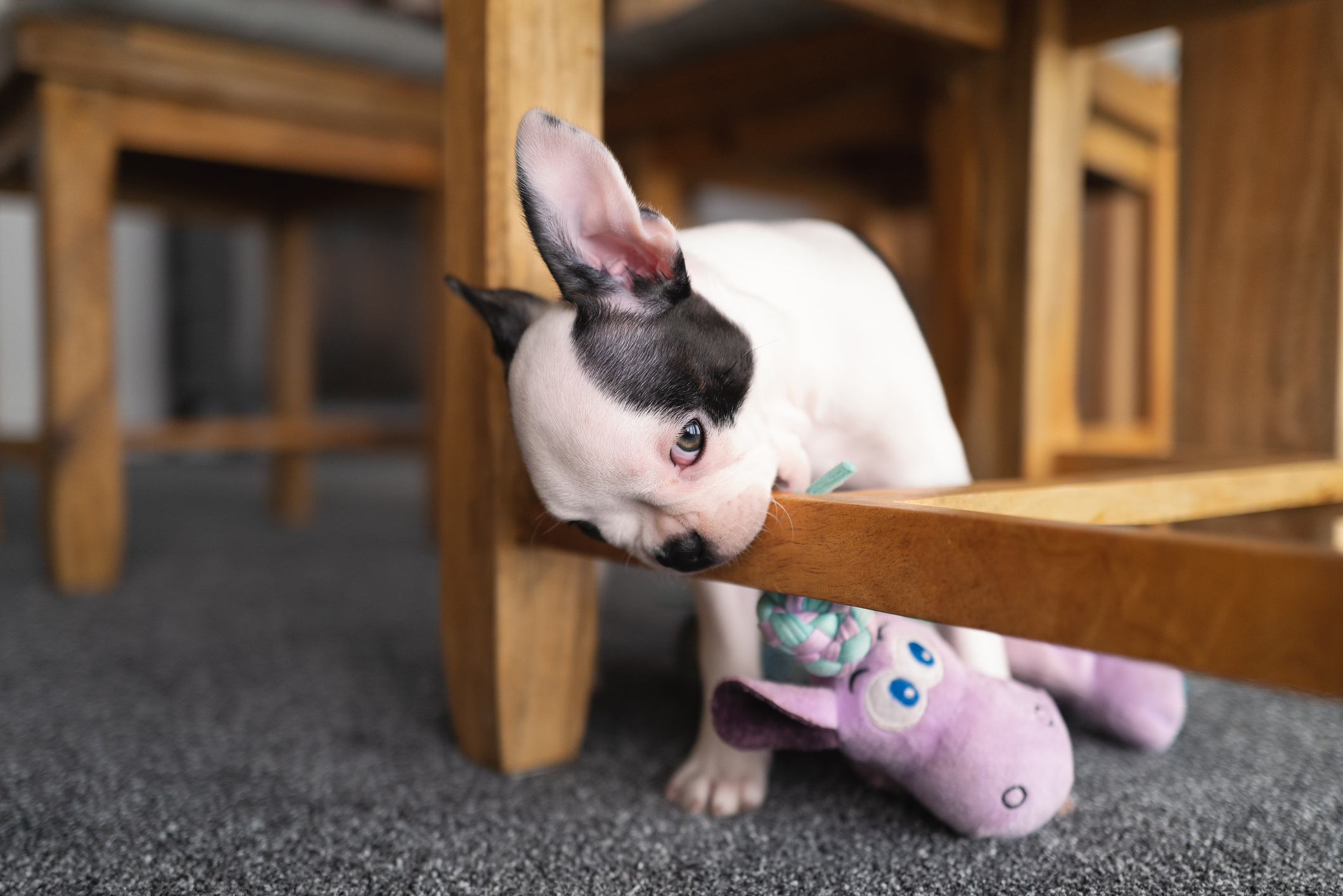
You're absolutely right that some dogs mature later than others, but by at the age of 20 months all this sort of puppy behaviour should have resolved some time ago. If it hasn't gone away on its own by now it probably won't, so we're going to have to push reset and take it from scratch.
That is a simple process: we’re simply removing the temptation from the dog, creating a positive, safe environment for him to go in, with his own special chew that is safe for him, and breaking the pattern of destructive behaviour.
Four steps to get your dog to stop chewing things
1. Create a safe space for the dog that's away from what they've been chewing
First up, find a calm, relaxed place for your dog to sleep in, both at night and during the day when you're not around. I’d like you to go back to using a crate (or similar confined bed area), and I would like you to do everything you can to make that crate a super-positive environment – a place he wants to go in. My article on crate training a puppy has lots more information on how to do that.
2. Get an irresistible chew toy for your dog so that going to his safe place is a treat
I’d like you to find something – an antler, cow horn, or something else that he really likes to chew – and I would only give him that when putting him in his crate at night or during the day when you're out. This should keep him occupied for many hours when he's on his own, and it should be a real treat for him: he can feel like he’s in a positive place with his favourite chew.
Sign up for the Country Life Newsletter
Exquisite houses, the beauty of Nature, and how to get the most from your life, straight to your inbox.
Your letter suggests you've been letting your pet wander at night or when you're not there, but initially I do need you to keep him contained so that he can’t go back to the destructive behaviour. If you're feeling bad about putting your dog away like this, please don't: you are looking after his health and wellbeing.
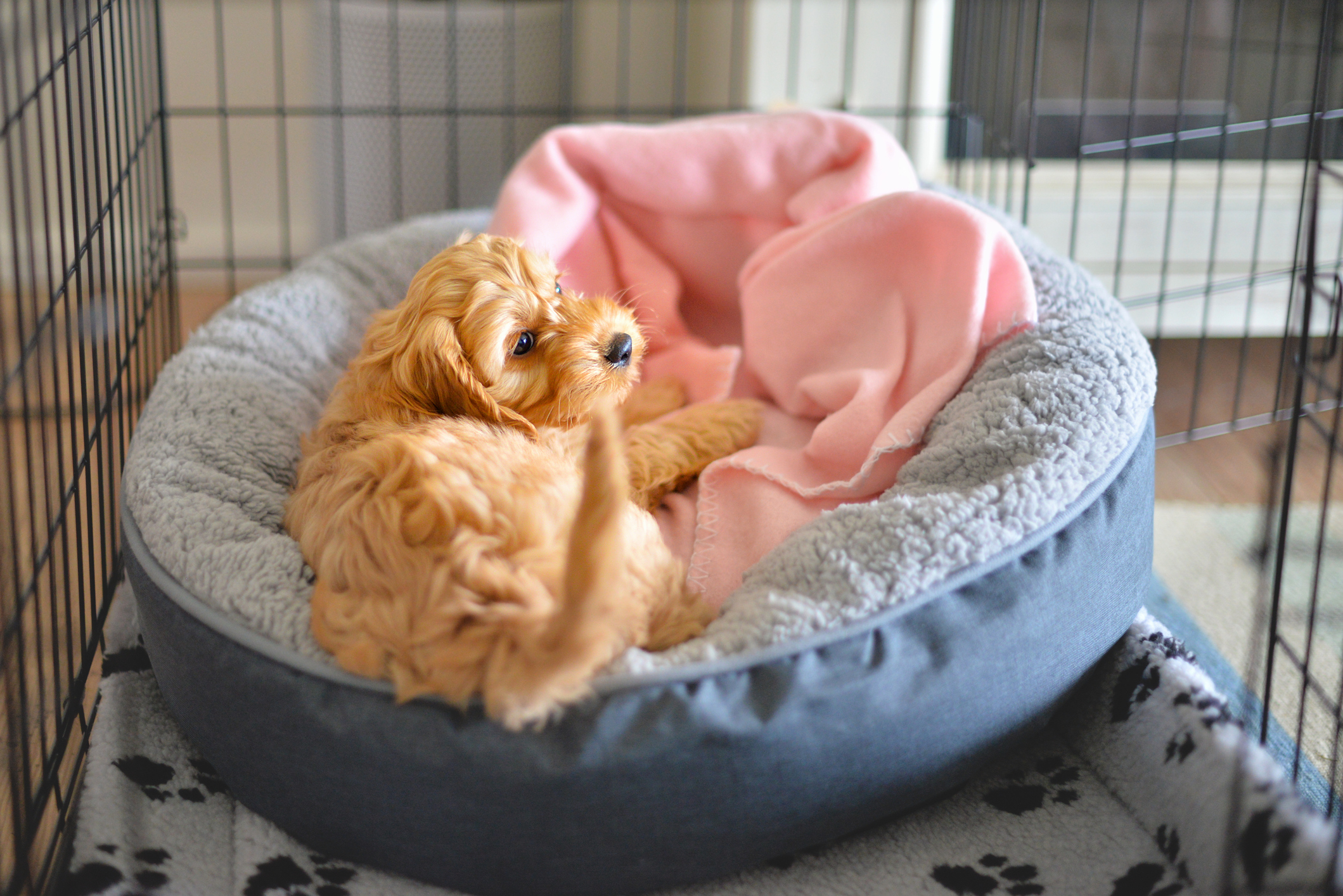
3. Use a baby monitor or app to keep an eye on him when you're not there
Once your dog is happy in his crate with his chew, you'll be able to work towards leaving the crate door open and letting your dog have access to the rest of the house again. I’d do this slowly and monitor his behaviour: you can use a baby monitor (or a baby monitor app on an old, unused phone) to watch him when you’re not about. If he shows any signs of being destructive then immediately go down and pop him back in his crate — his safe place — with his chew.
4. Stay patient and trust that removing temptation will work
Dogs do grow out of this, especially if we remove temptation and retrain using the steps above — and the alternative of not doing anything is very unlikely to help at this stage of your pet's life. Remember that it'll be a good thing for him to be going to his crate or bed area with his chew, and it's one that he only has when you’re not there. He’ll quickly get used to being given it and being relaxed and calm without you about.
How do I know it'll work? Well, when I mentioned above that my dogs 'almost never' chew things they shouldn't, I used the word 'almost' very deliberately. I had a problem with a young labrador, about a year old, who'd chew and break her water bowls (which was admittedly impressive in its own way!), so I simply removed the bowl completely, and gave her a water bowl only when supervised. A month or two like that broke the cycle, and I tried her with the water the bowl again at 15 months. It was all fine – she’s now 2 and has never done it since.
For more detailed advice about Ben Randall’s positive, reward-based and proven BG training methods, one-to-one training sessions, residential training or five-star dog-boarding at his BGHQ in Herefordshire, telephone 01531 670960 or visit www.ledburylodgekennels.co.uk. For a free seven-day trial of the Gundog app, which costs £24.99 a month or £249.99 a year, visit www.gundog.app/trial
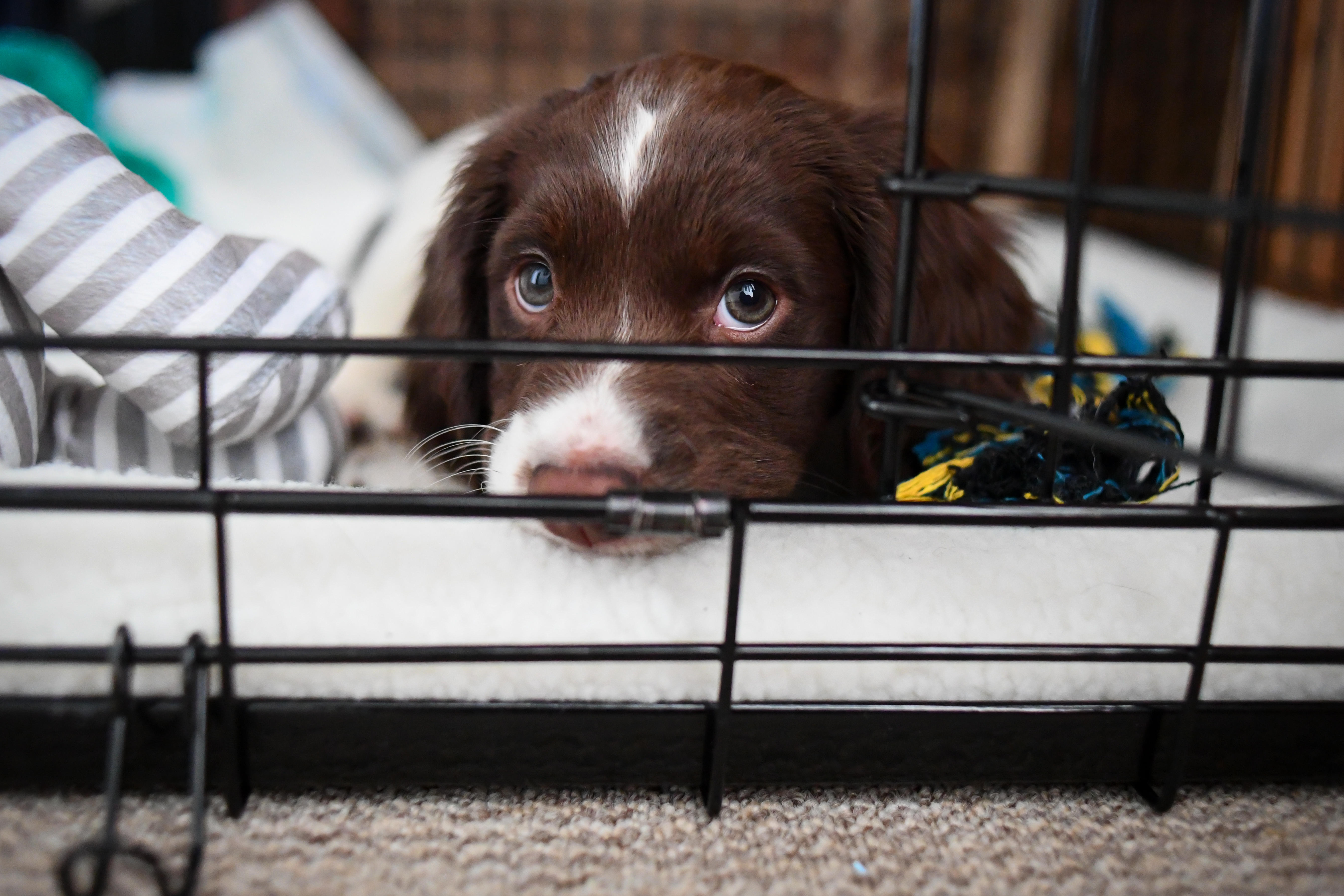
Crate training a puppy: Six tips from expert dog trainer Ben Randall
Puppy crate training can be tricky, yet it can pay dividends in all sorts of ways — even making puppy toilet
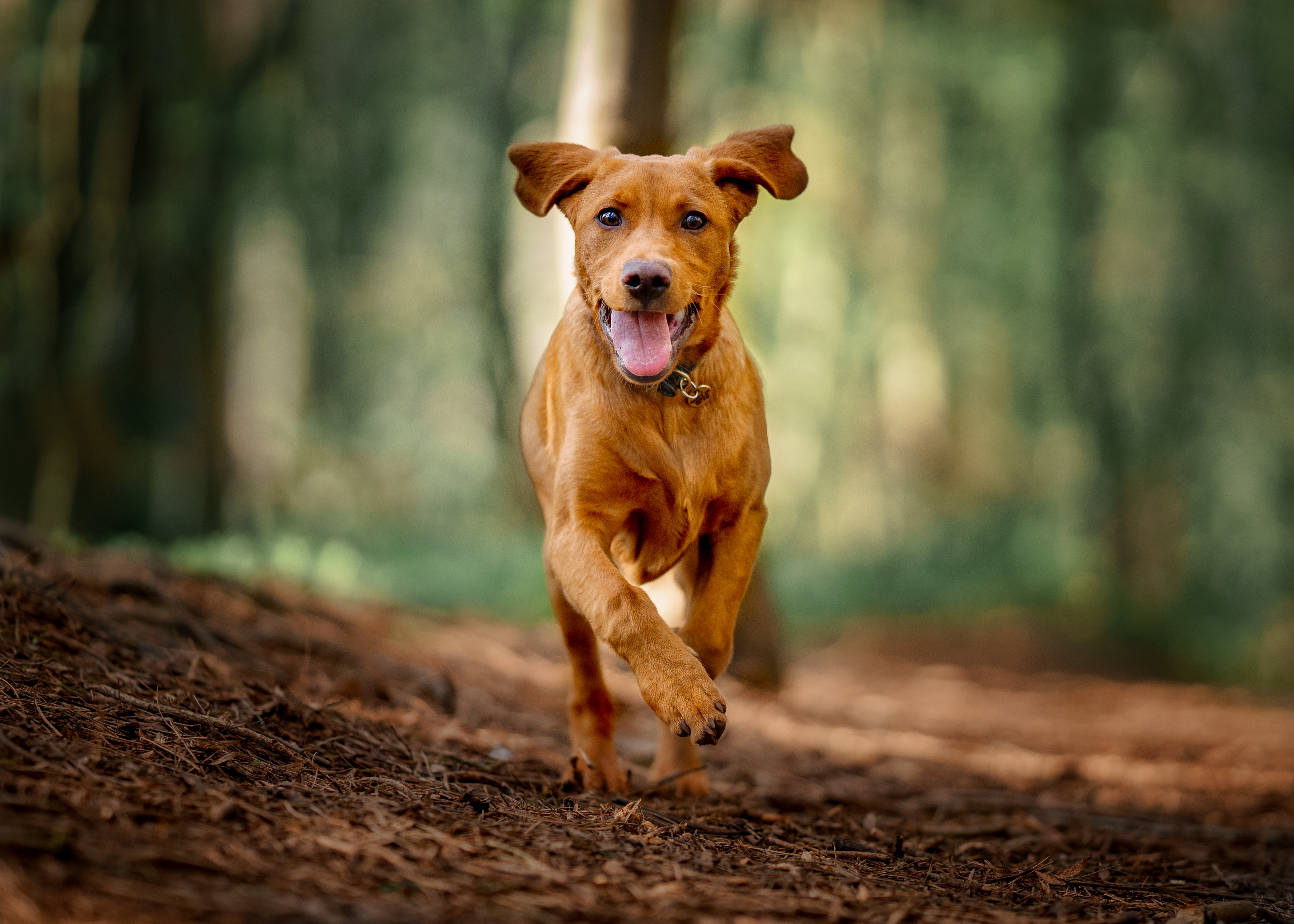
Credit: Getty Images
Dog recall training: Six tips from champion dog trainer Ben Randall
Training your dog is not easy — and with the huge recent rise in dog ownership, it's never been a better
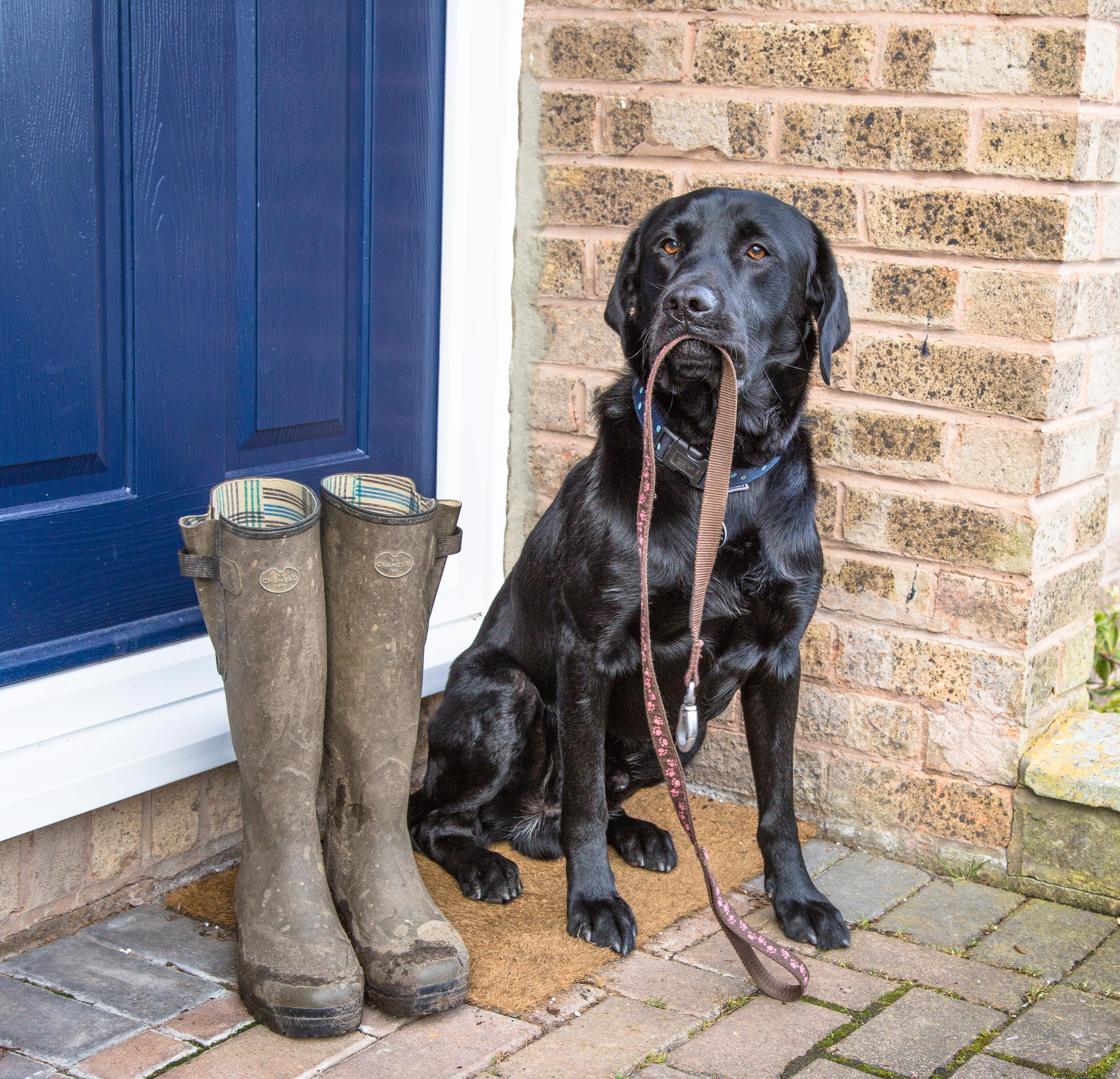
Credit: Ros Crosland / Alamy
Dog lead training: How to introduce the lead to your four-legged friend, by champion dog trainer Ben Randall
Introducing the lead to your dog can be tricky, but with a consistent routine you'll build positive associations that will
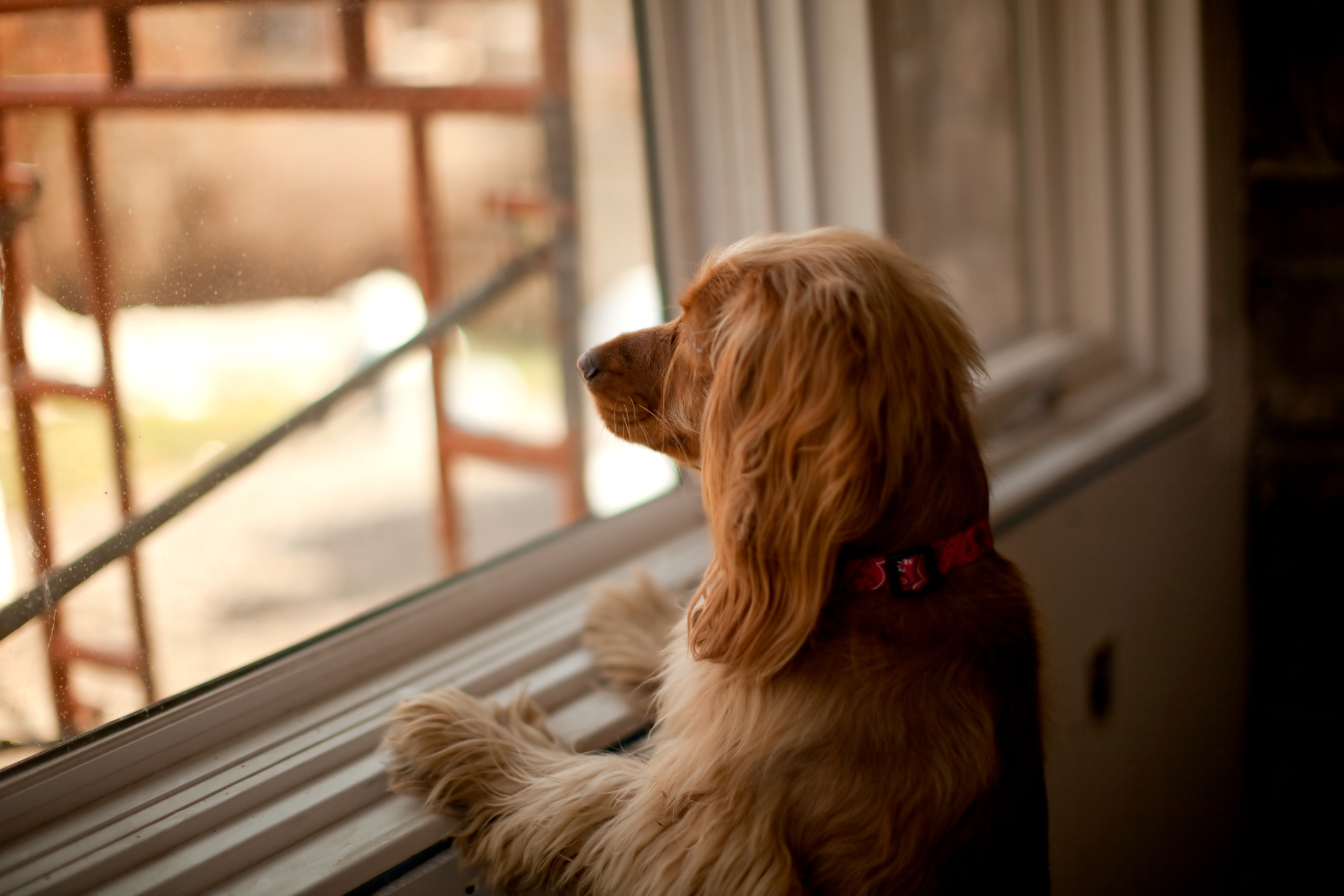
How to leave a dog alone in the house without it getting stressed, by training expert Ben Randall
With millions of people heading back to the office more regularly, leaving a dog on its own is more common
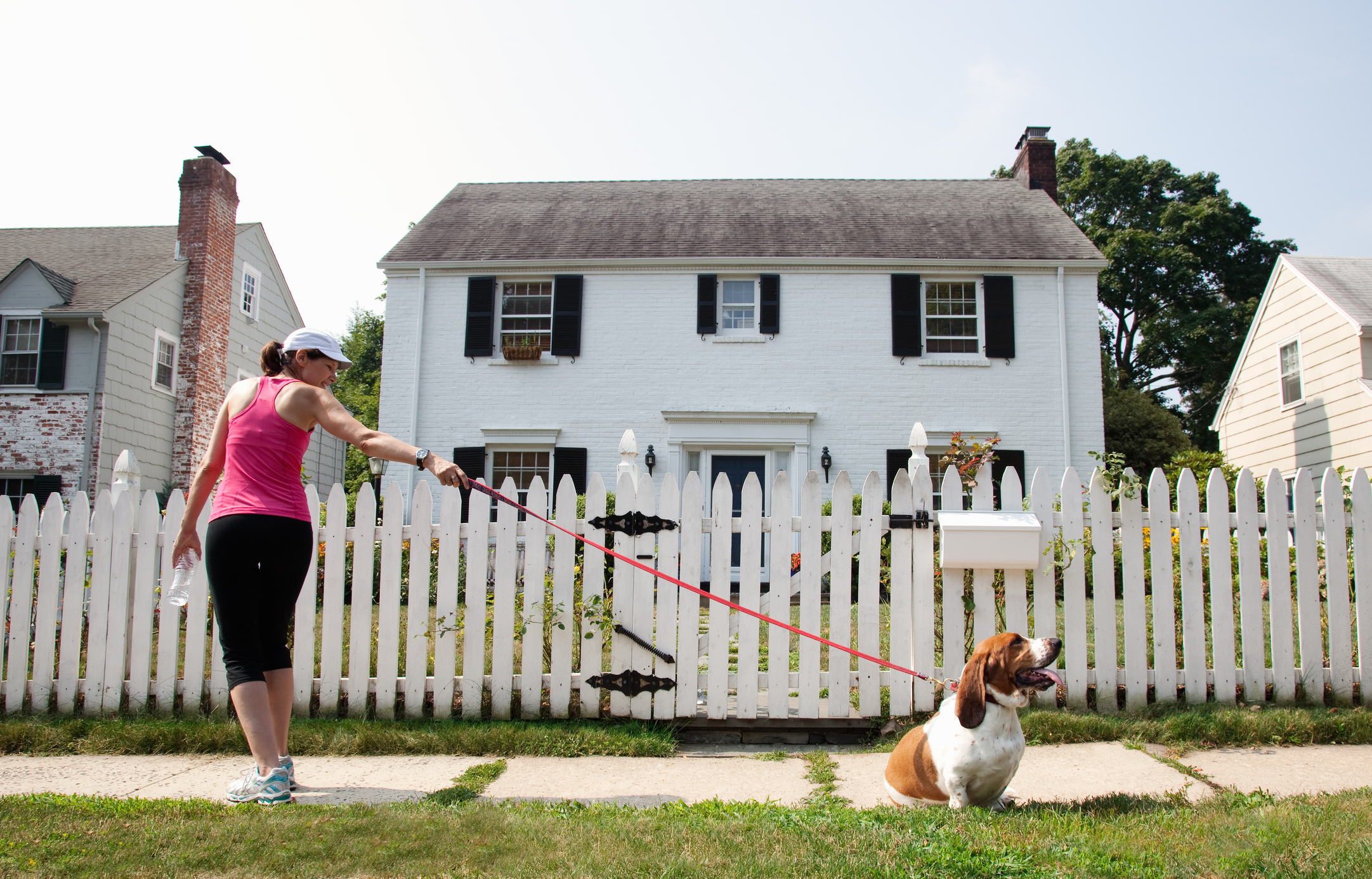
Credit: Getty Images
'My dog behaves for my partner, but not for me — what can I do?' Expert trainer Ben Randall has the answer
Training a dog is one thing. Getting a dog trained so that it responds just as happily to everyone in
-
 A Grecian masterpiece that might be one of the nation's finest homes comes up for sale in Kent
A Grecian masterpiece that might be one of the nation's finest homes comes up for sale in KentGrade I-listed Holwood House sits in 40 acres of private parkland just 15 miles from central London. It is spectacular.
By Penny Churchill
-
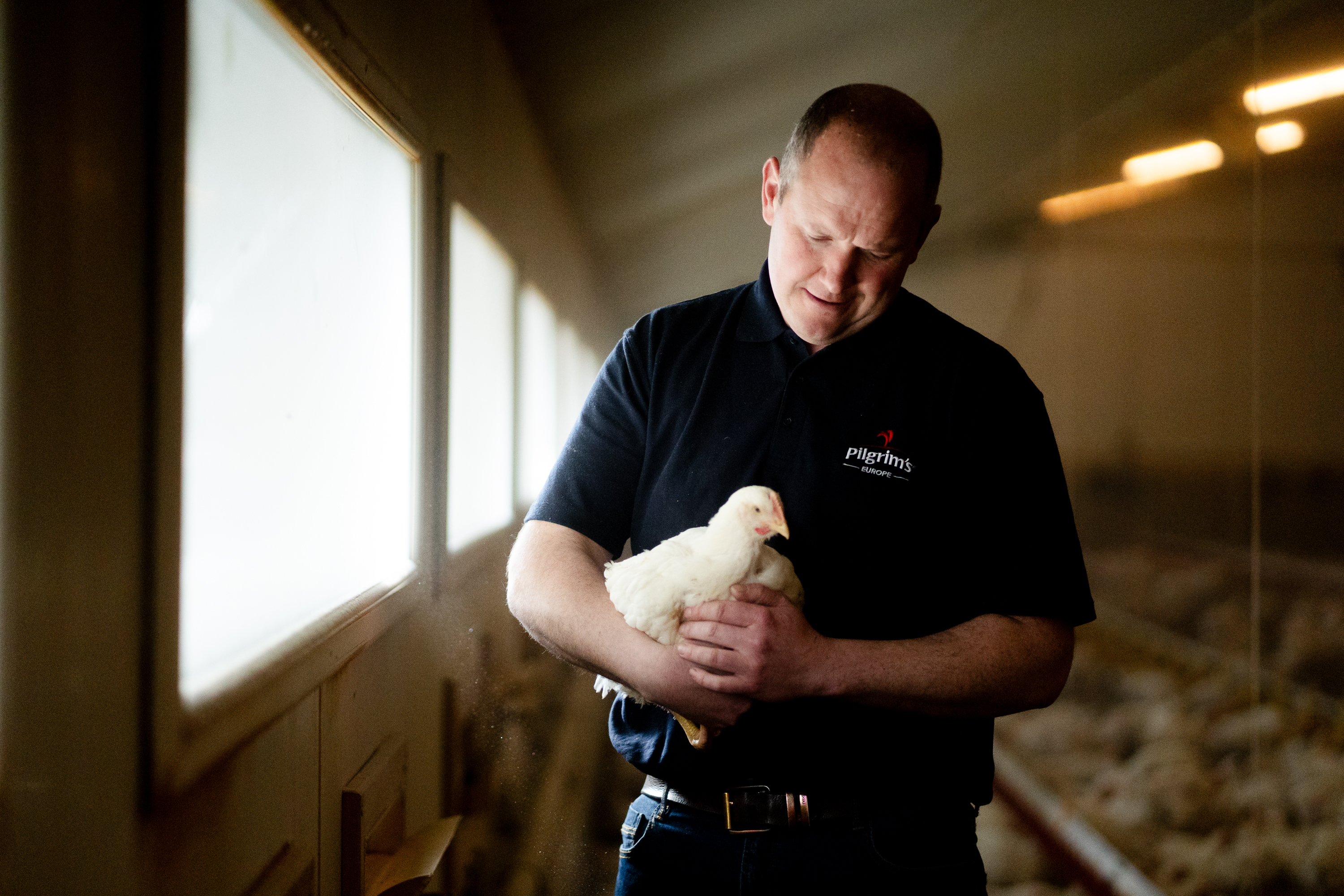 What the cluck? Waitrose announces ‘trailblazing’ pledge to help improve chicken welfare standards
What the cluck? Waitrose announces ‘trailblazing’ pledge to help improve chicken welfare standardsWaitrose has signed up to the Better Chicken Commitment, but does the scheme leave Britain open to inferior imports?
By Jane Wheatley
-
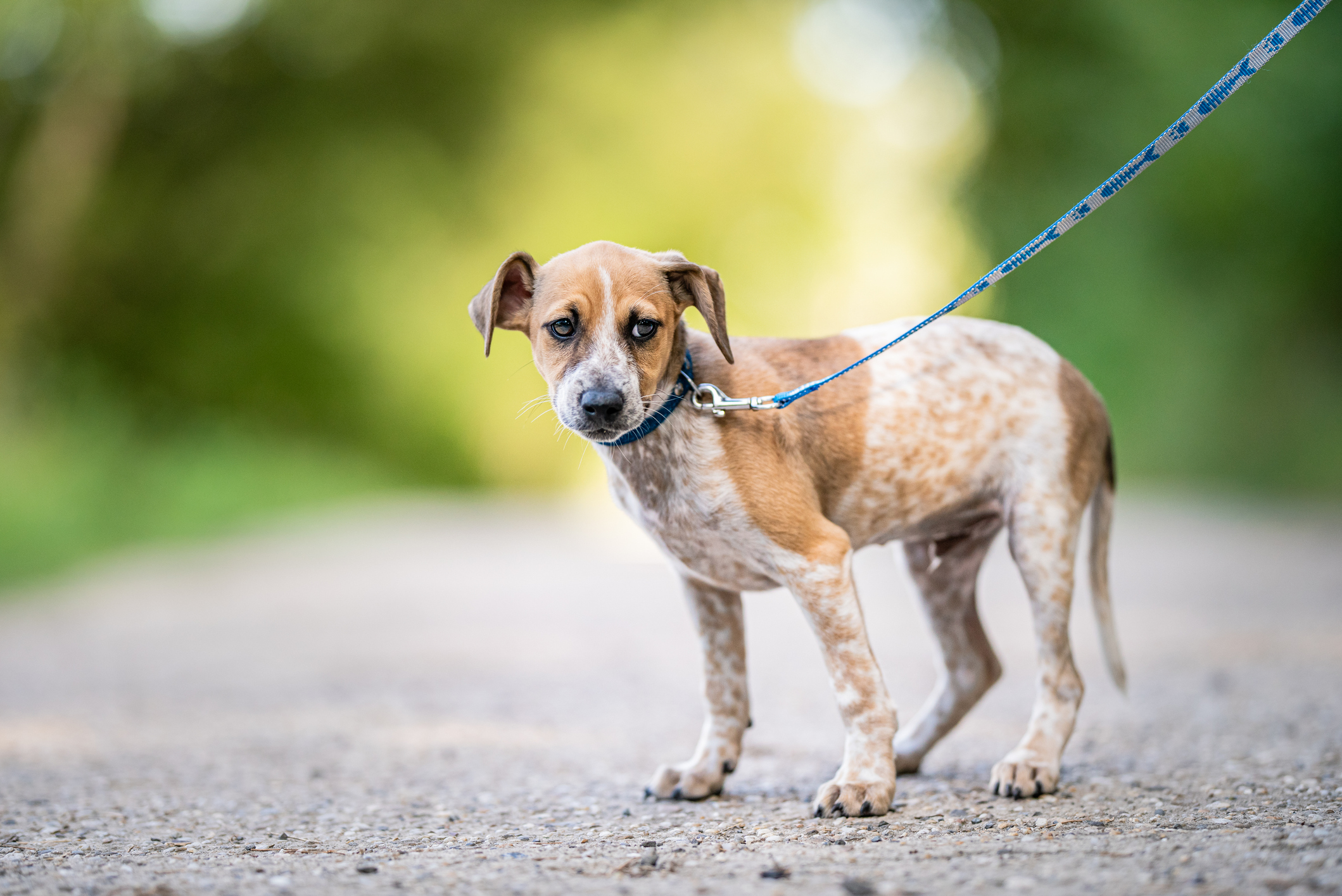 What to do when your dog gets attacked by another dog out on a walk
What to do when your dog gets attacked by another dog out on a walkBen Randall deals with a reader's difficult situation as an ordinary walk took a turn for the worse.
By Ben Randall
-
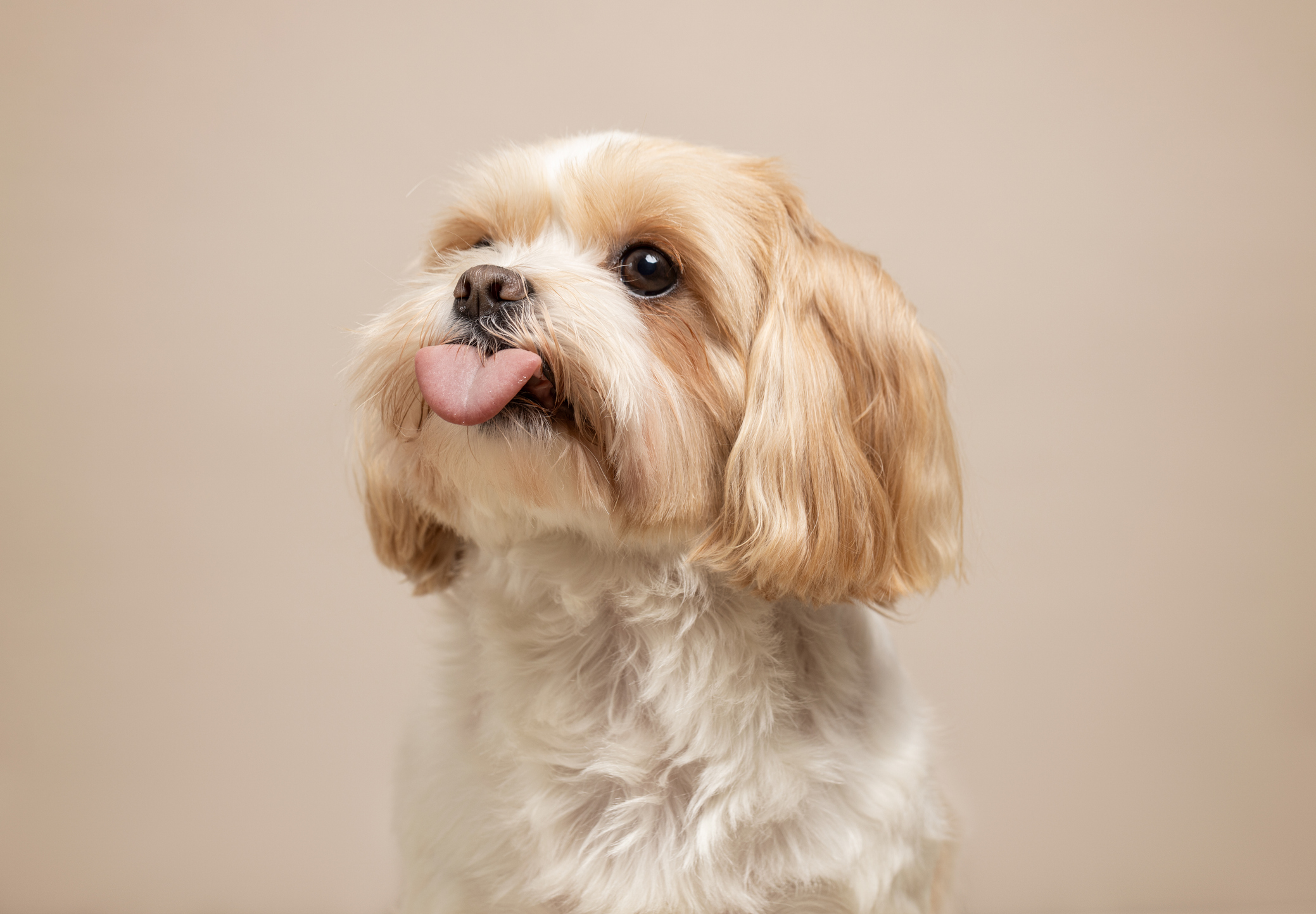 How to deal with an older dog starting to show some bad behaviour after many happy years
How to deal with an older dog starting to show some bad behaviour after many happy yearsA-list dog trainer Ben Randall helps a reader whose ageing dog has started changing its behaviour — and not for the better.
By Ben Randall
-
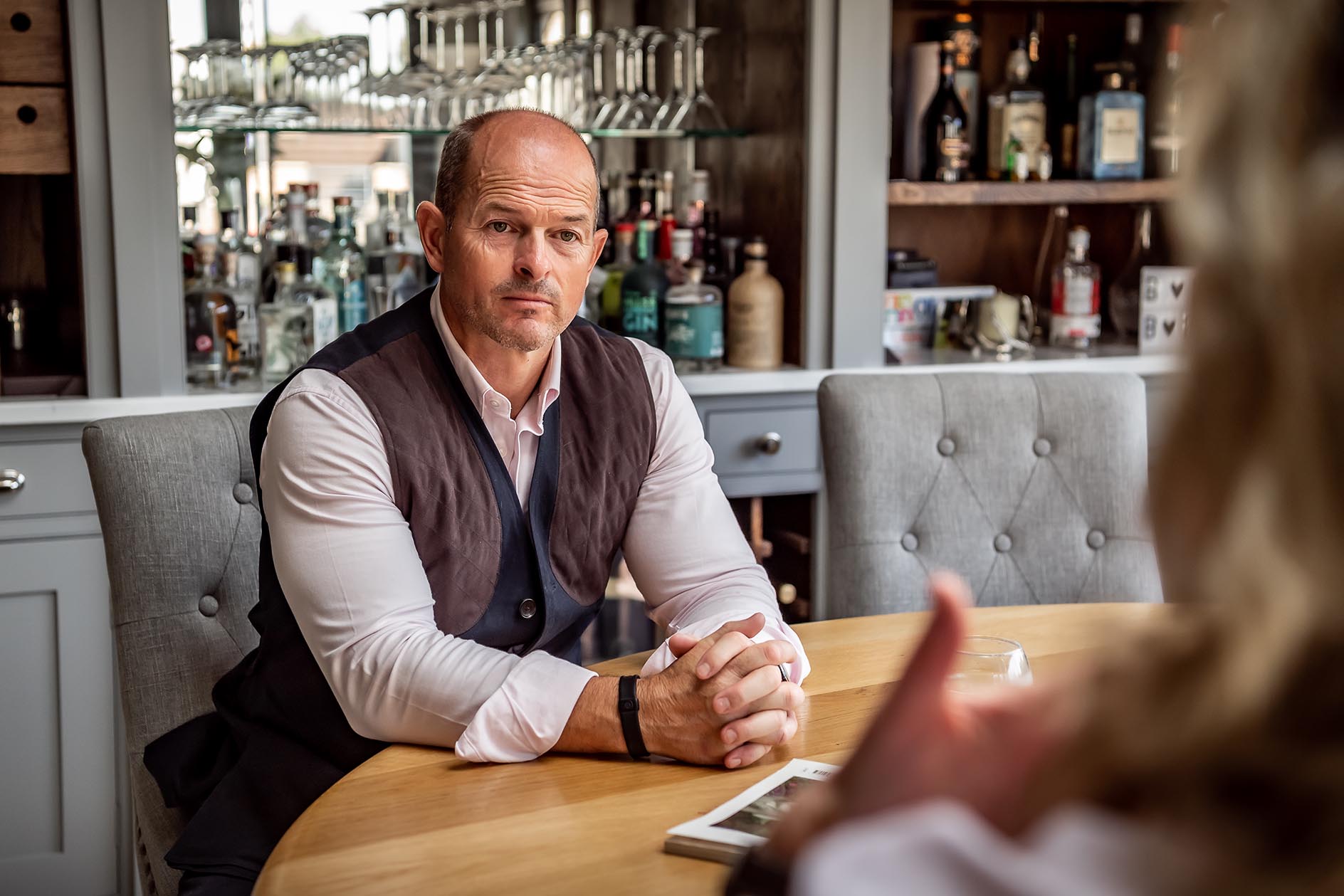 Ben Randall: Ask Country Life's canine agony uncle a question about your dog
Ben Randall: Ask Country Life's canine agony uncle a question about your dogOver the past two years our award-winning dog trainer Ben Randall has been sharing his advice with Country Life readers.
By Country Life
-
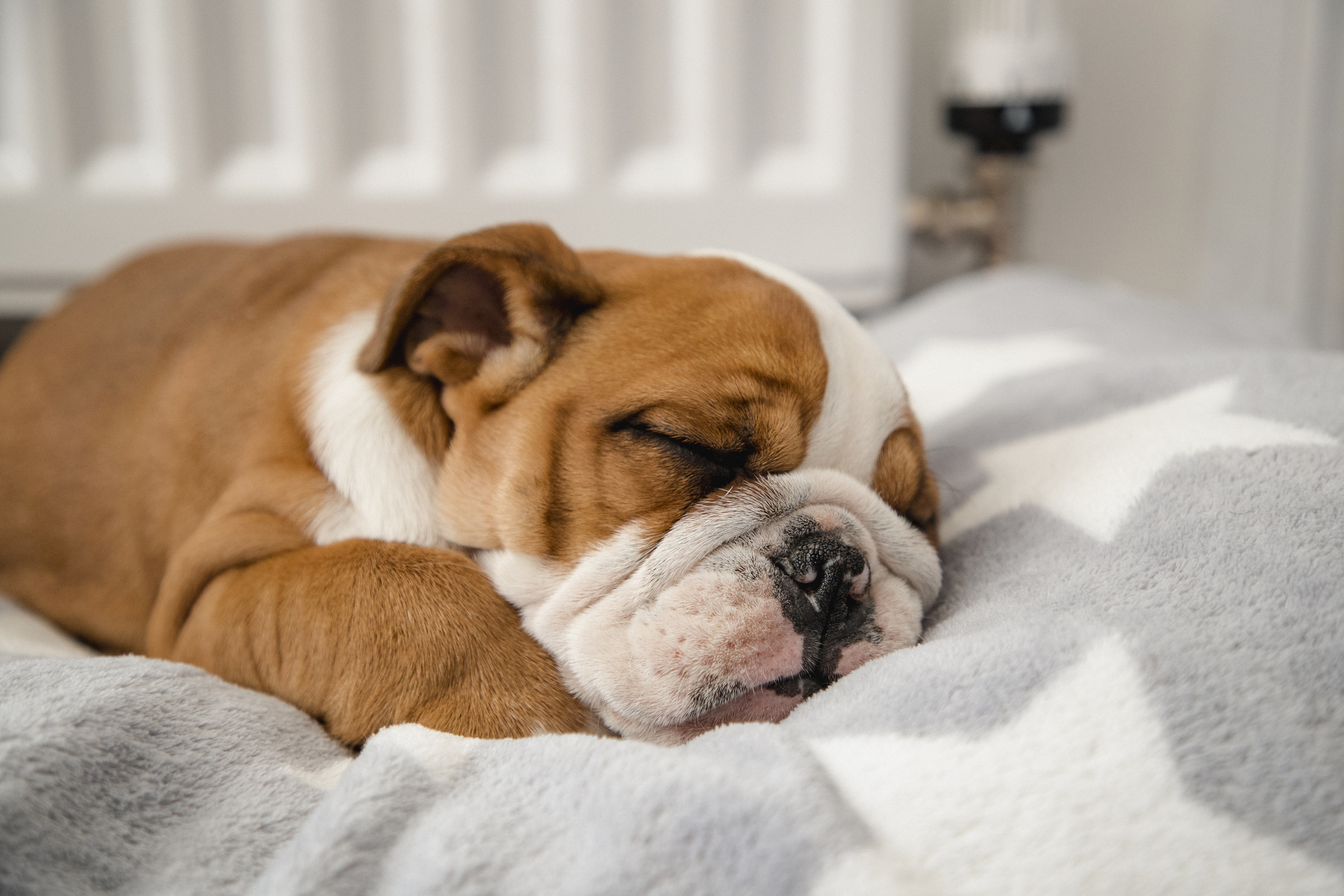 How to look after a dog who's gone deaf, by A-list trainer Ben Randall
How to look after a dog who's gone deaf, by A-list trainer Ben RandallBen Randall handles a query from a reader whose dog has lost her hearing.
By Ben Randall
-
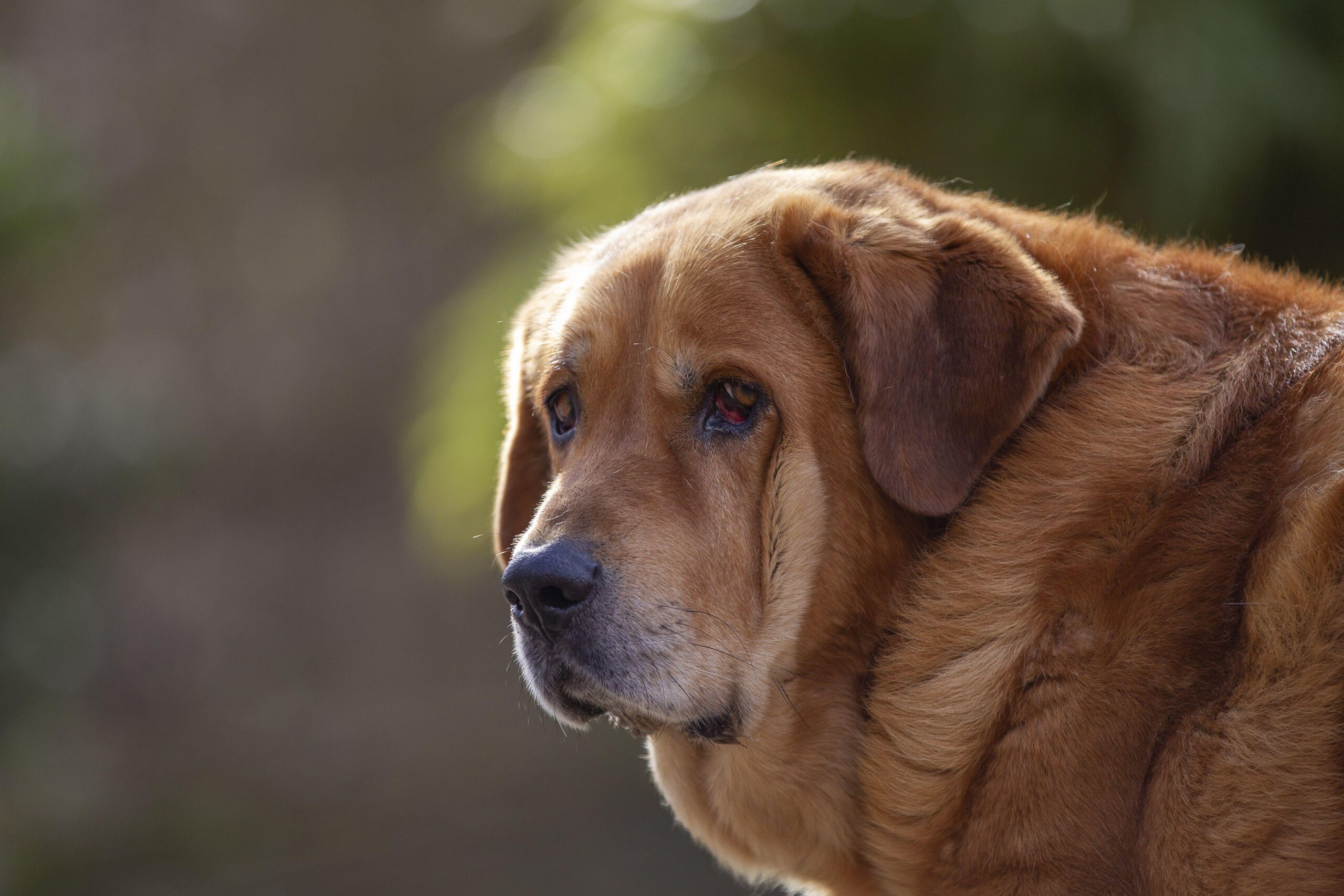 How to deal with a dog that's stronger than you are — especially when it runs off when it gets excited
How to deal with a dog that's stronger than you are — especially when it runs off when it gets excitedBen Randall tackles an issue for an owner of a dog that's almost as big as she is.
By Ben Randall
-
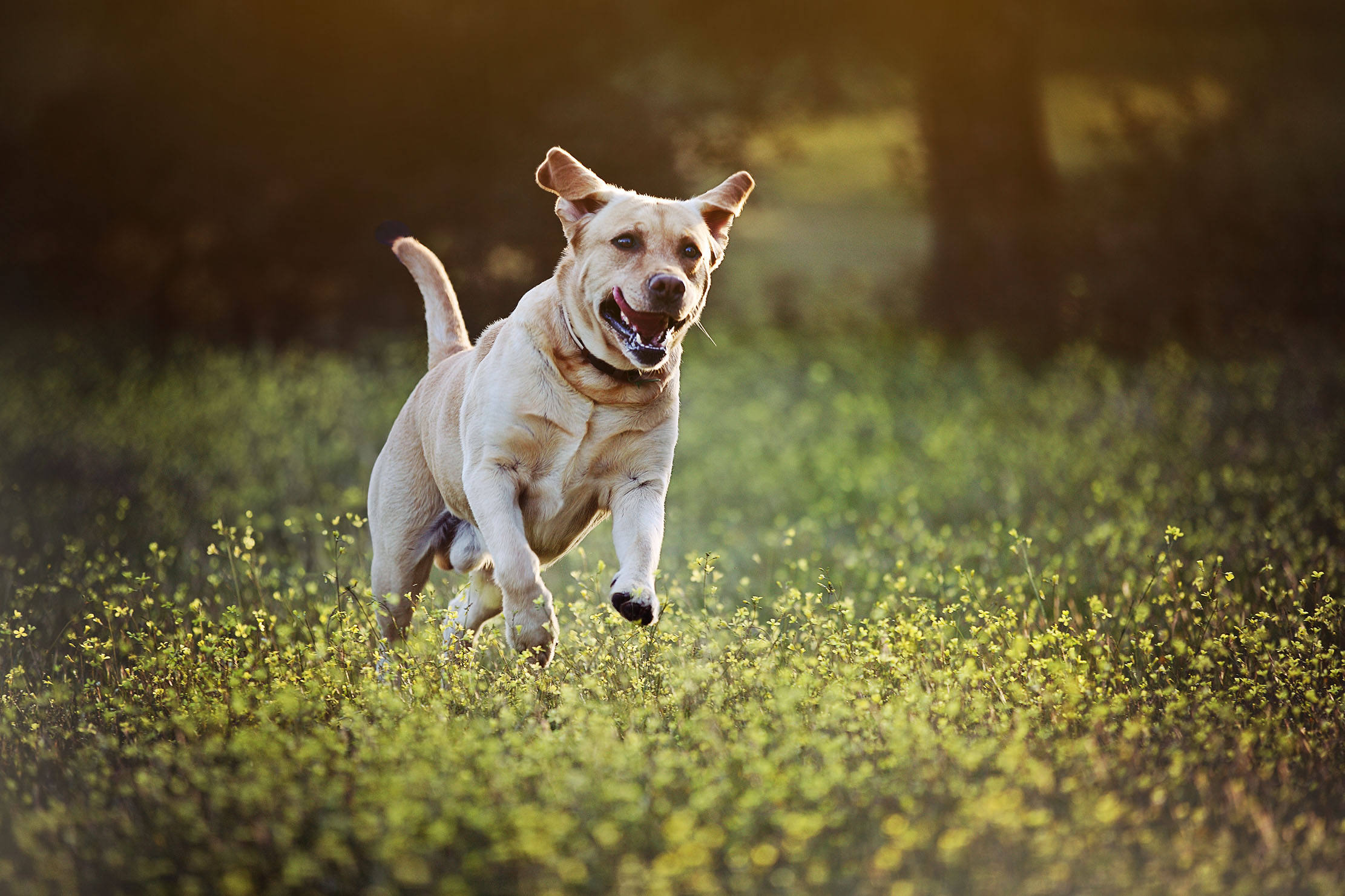 'My dog goes crazy when he sees someone with a ball launcher. How do I make him stop?': Expert trainer Ben Randall explains what to do
'My dog goes crazy when he sees someone with a ball launcher. How do I make him stop?': Expert trainer Ben Randall explains what to doTaking on a dog with ingrained bad habits can be a headache. Ben Randall explains how to retrain them to keep calm.
By Ben Randall
-
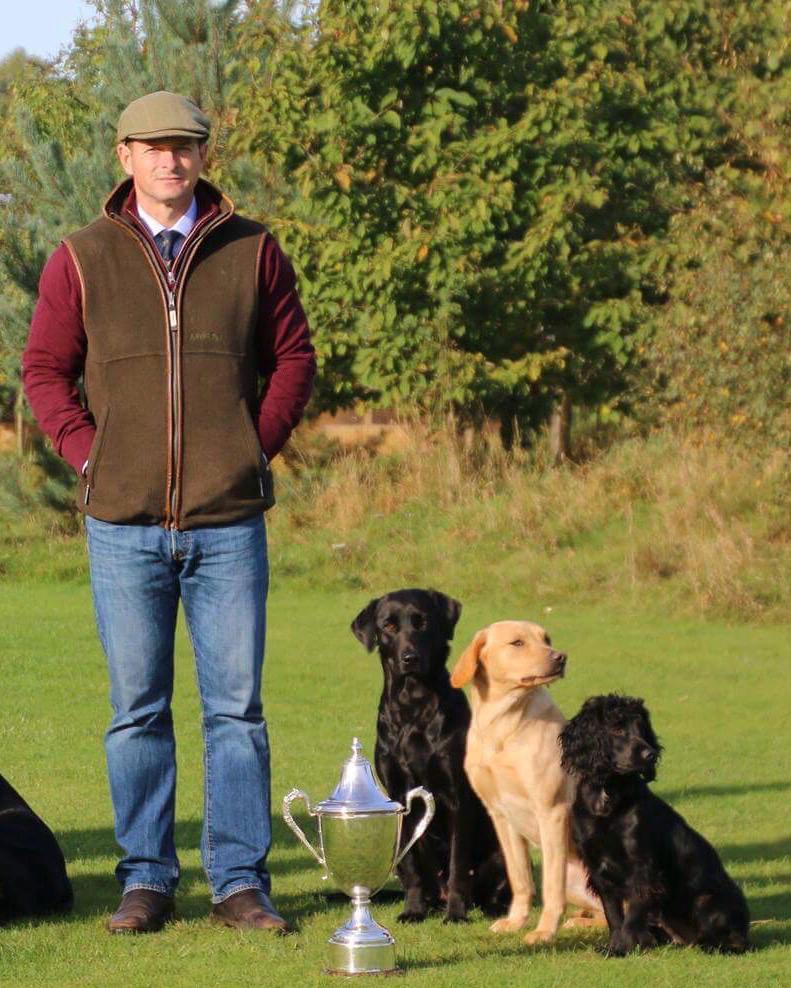 Ben Randall: Q&A with the award-winning dog trainer
Ben Randall: Q&A with the award-winning dog trainerWe speak to Country Life's canine agony uncle Ben Randall.
By Ben Randall
-
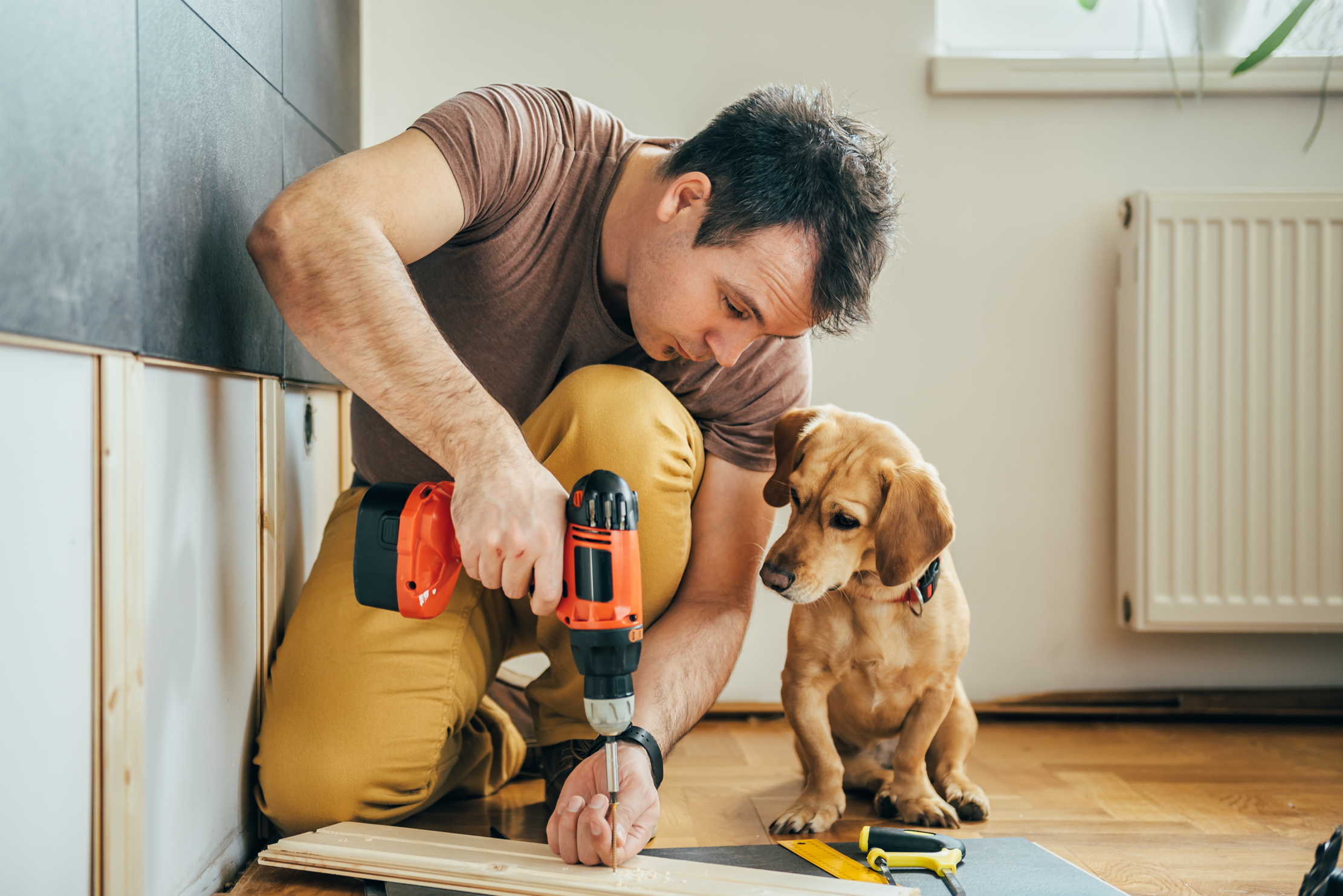 How to stop your dog from being protective and barking at builders
How to stop your dog from being protective and barking at buildersBarking can be annoying and unsettling for visitors. Ben Randall looks at how to get a little peace and quiet.
By Ben Randall